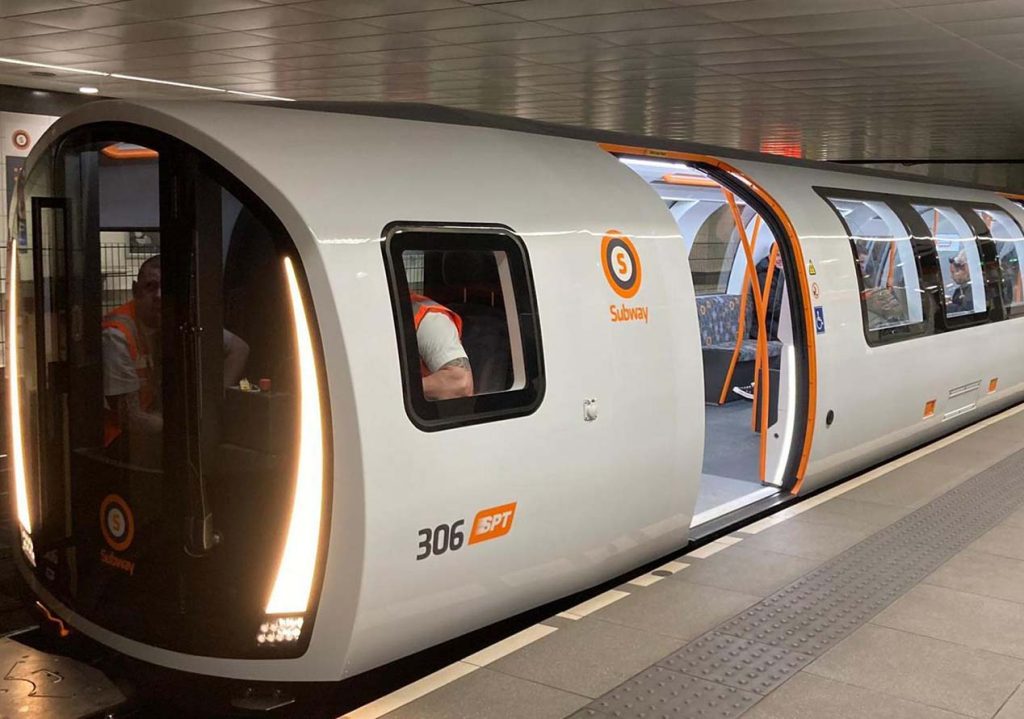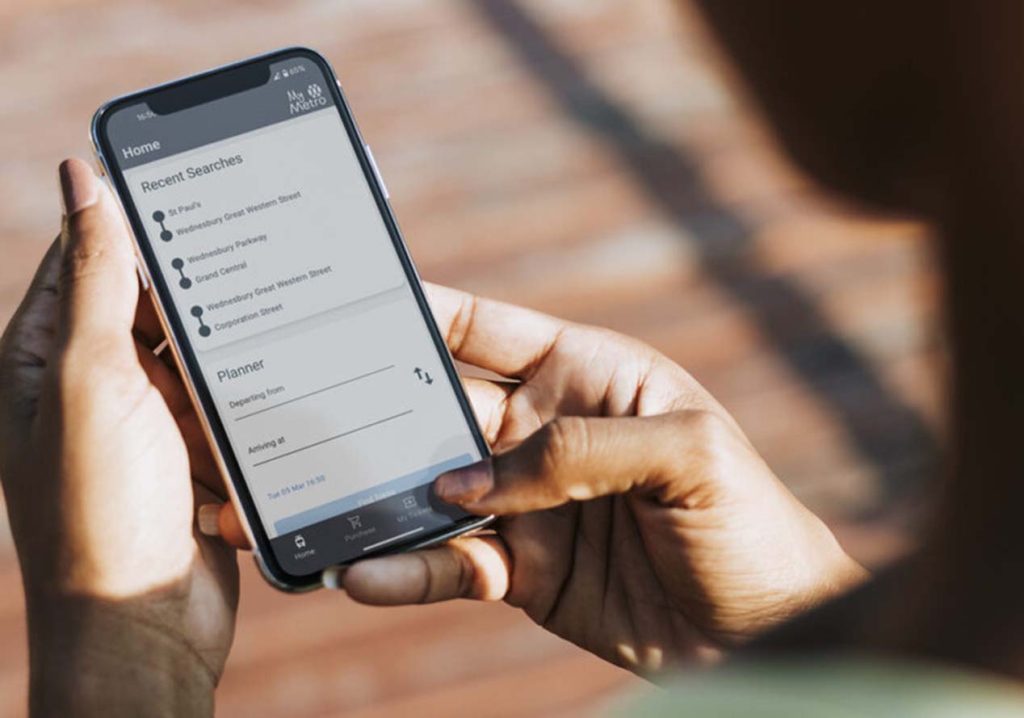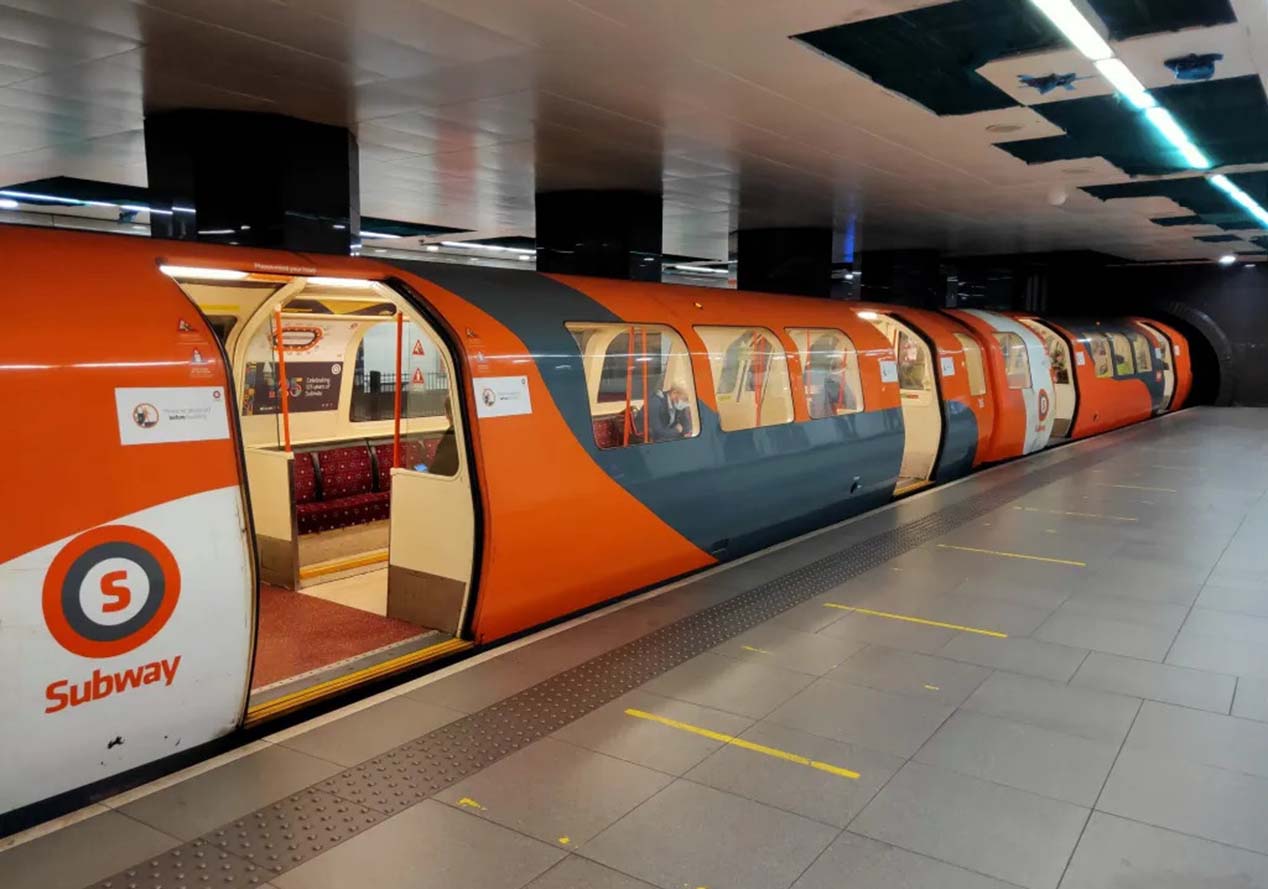Glasgow, Scotland’s largest city, is a hub of culture, history, and modern innovation, making it a favorite destination for both tourists and locals. Navigating a bustling city like Glasgow may seem daunting at first, but its comprehensive public transport network ensures that getting around is straightforward and efficient. Whether you’re here to explore the city’s famous attractions, commute to work, or venture out to nearby towns, Glasgow’s buses, trains, and subway system provide reliable options for every traveler.
In this detailed guide, I’ll share everything you need to know about Glasgow’s public transport system, including how to use it, tips for saving money, and the best routes to take for popular destinations.
1. Glasgow’s Public Transport System
Glasgow’s public transport network is operated primarily by three key modes: buses, trains, and the subway. These are well-integrated, making it easy to switch between modes depending on your destination. The city’s transport services are managed by different operators, including First Glasgow for buses, ScotRail for trains, and Strathclyde Partnership for Transport (SPT) for the subway.
The city also offers cashless ticketing options, including smartcards, mobile apps, and contactless payments, making it convenient for travelers to purchase and use tickets.
2. Buses in Glasgow
Main Bus Operators
Buses are the backbone of Glasgow’s public transport system, offering extensive coverage across the city and beyond. The primary operator is First Glasgow, which runs most of the bus routes. Other operators include McGill’s Buses, Stagecoach, and City Sightseeing Glasgow (for hop-on-hop-off services aimed at tourists).

Key Routes
- Route 2: A popular service connecting the city center to the West End, including Kelvingrove Art Gallery and Museum.
- Route 75: This route travels through the East End and stops near attractions like the Riverside Museum.
- Airport Express 500: Operated by First Glasgow, this route provides direct service between Glasgow Airport and the city center.
Ticketing and Fares
- Single Journey Tickets: Prices start from around £2.50, depending on the distance.
- Day Tickets: A FirstDay Ticket costs approximately £5 and allows unlimited travel on First Glasgow buses for one day.
- Weekly Tickets: A FirstWeek Ticket costs around £18 and is great for extended stays.
Tickets can be purchased directly from the driver (cash or contactless) or through the First Bus App, which often offers discounts. Exact fare is required if paying by cash.
Tips for Bus Travel
- Plan Ahead: Use the First Bus App or Google Maps to check live schedules and plan your route.
- Off-Peak Travel: Buses can get crowded during rush hours (7–9 am and 4–6 pm). Traveling off-peak ensures a more comfortable ride.
- Accessible Services: Most buses are wheelchair accessible and include priority seating for elderly and disabled passengers.
3. Glasgow Subway
The Glasgow Subway, often called the “Clockwork Orange” due to its circular route and orange trains, is the third-oldest metro system in the world. It serves as a quick and convenient way to travel around the city’s central and western areas.
The Subway Network
The subway operates on a single circular line with 15 stations, covering popular destinations such as:

- Buchanan Street: Ideal for shopping and exploring the city center.
- Kelvinbridge and Hillhead: Perfect for accessing the West End and the University of Glasgow.
- Ibrox: Convenient for football fans heading to Ibrox Stadium.
The clockwise and counterclockwise services are labeled Outer Circle and Inner Circle respectively, with trains arriving every 4–6 minutes during peak hours.
Ticketing and Fares
- Single Tickets: Start at £1.85 for adults.
- Unlimited Travel: The Daytripper Ticket costs £4.30 and offers unlimited travel on the subway, local trains, and buses within designated zones.
- Smartcards: The SPT Subway Smartcard is a cashless option that provides discounted fares and easy top-ups.
Operating Hours
The subway runs from 6:30 am to 11:40 pm (Monday-Saturday) and 10 am to 6 pm on Sundays, making it a reliable choice for early commuters and evening outings.
Tips for Subway Travel
- Mind the Gap: The subway platforms can be narrow; exercise caution when boarding and alighting.
- Travel Light: Subway stations lack elevators, so it’s best to avoid heavy luggage.
- Peak Times: Avoid traveling during rush hours if you want to secure a seat.
4. Trains in Glasgow
Glasgow’s suburban and regional train network is operated by ScotRail, connecting the city center with surrounding neighborhoods and towns. Glasgow has two major train stations:
- Glasgow Central Station: The largest station in Scotland, offering services to the south and west.
- Glasgow Queen Street Station: The hub for services heading to Edinburgh, the Highlands, and the north.
Popular Routes
- Glasgow to Edinburgh: A frequent service (every 15 minutes during peak times) takes you to the capital in just under an hour.
- Milngavie and Bearsden: For scenic suburban trips.
- Loch Lomond: ScotRail services to Balloch provide access to this famous national park in under an hour.

Ticketing and Fares
- Single and Return Tickets: Prices vary based on distance and time of day. For example, a return ticket to Edinburgh costs around £15.
- Season Tickets: Ideal for frequent travelers, offering significant savings.
- Railcards: Students, seniors, and families can benefit from discounted fares with a Railcard.
Tickets can be purchased at station kiosks, online, or through the ScotRail app.
Facilities on Board
Most ScotRail trains are equipped with Wi-Fi, power outlets, and comfortable seating. Bikes are permitted, but it’s advisable to check availability during peak hours.
5. Integrated Travel Options
Glasgow offers several integrated ticketing solutions for those using multiple modes of transport:
- ZoneCard: A flexible pass that allows unlimited travel on buses, trains, and subways within specific zones. Prices start from £21 per week.
- Daytripper Ticket: A convenient option for tourists, covering unlimited travel across buses, subways, and trains for just £4.30.
These options are perfect for tourists exploring the city and its outskirts.
6. Accessibility
Glasgow’s public transport system is increasingly accommodating to travelers with disabilities. Most buses and trains are equipped with ramps, priority seating, and audio-visual announcements. Subway accessibility is limited due to the age of the system, but staff are available to assist passengers upon request.
7. Sustainable Travel
Glasgow encourages sustainable transport through bike-sharing schemes like Nextbike, electric buses, and pedestrian-friendly initiatives. If you’re conscious of your carbon footprint, consider combining public transport with walking or cycling.
Glasgow’s public transport system is not just a means to get around—it’s part of the city’s charm. From the historic subway to the efficient bus network, traveling through Glasgow is a breeze. By using smart ticketing options and planning your routes, you can enjoy an affordable and stress-free experience.
Whether you’re heading to the Kelvingrove Art Gallery, exploring the West End, or venturing to Loch Lomond, Glasgow’s buses, trains, and subways have you covered. Happy travels!Glasgow, Scotland’s largest city, is a hub of culture, history, and modern innovation, making it a favorite destination for both tourists and locals. Navigating a bustling city like Glasgow may seem daunting at first, but its comprehensive public transport network ensures that getting around is straightforward and efficient. Whether you’re here to explore the city’s famous attractions, commute to work, or venture out to nearby towns, Glasgow’s buses, trains, and subway system provide reliable options for every traveler.
In this detailed guide, I’ll share everything you need to know about Glasgow’s public transport system, including how to use it, tips for saving money, and the best routes to take for popular destinations.



